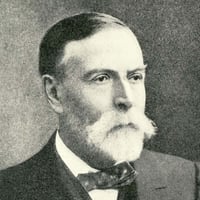Borregaard is a company with rich traditions. The first industrial plants were started in the 1600s while modern industrial activities began with the Kellner Partington Paper Pulp Company Ltd in 1889.
The name Borregaard was connected to Borgargjerdi, the royal seat during the reign of Olav the Holy (1016). In 1312 the estate was handed over from the king and became a country estate, and its name was gradually changed to Borregaard. The country estate shifted hands several times until 1889, when the English company The Kellner Partington Paper Pulp Co. Ltd. became the owners. In 1918 Borregaard was taken over by Norwegian owners.
The company built a cellulose factory near Sarpsfossen waterfall. This ushered in the era of modern industry with what would later become one of the largest industrial plants in Norway.
In 1918 a holding company was established with the purpose of transferring the English company, The Kellner Partington Paper Pulp Co., into Norwegian hands. The holding company took the name Borregaard from the historical site in Sarpsborg. From 1918 the Borregaard name was used in industrial activities.
Until the Second World War, Borregaard's main products were cellulose and paper. Since then production has been expanded to include a wide range of chemical products, and Borregaard has engaged in several important activities in other areas.
In 1986 the two companies Orkla Industries and Borregaard merged into one company, Orkla Borregaard. When Orkla Borregaard then merged with Nora Industries in 1992, the new company took the name Orkla, while the chemicals business area kept the Borregaard name. Sarpsborg remained the headquarters of Borregaard.
On the 18th of October 2012 Borregaard was separated from Orkla and listed on the Oslo Stock Exchange.

